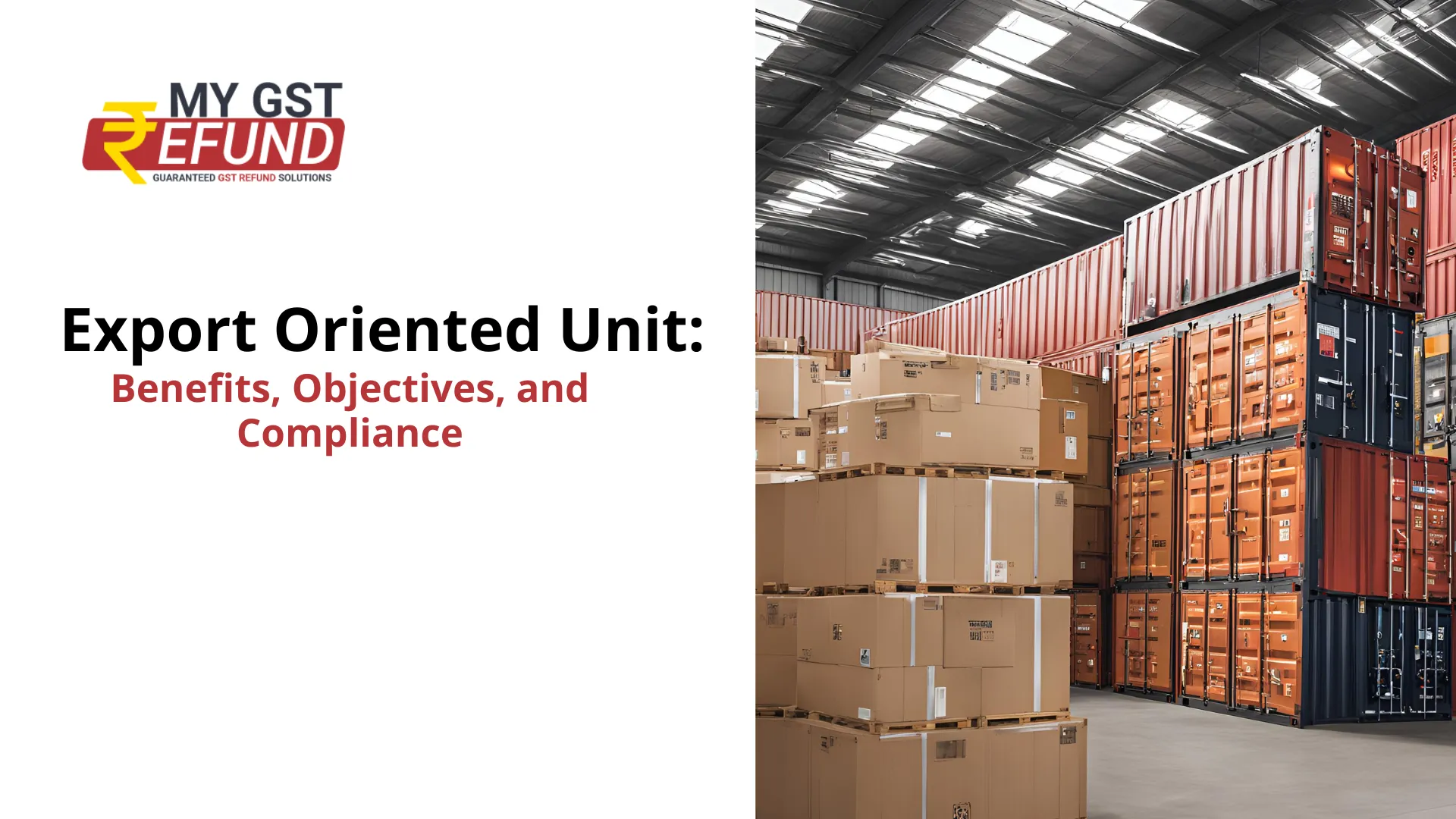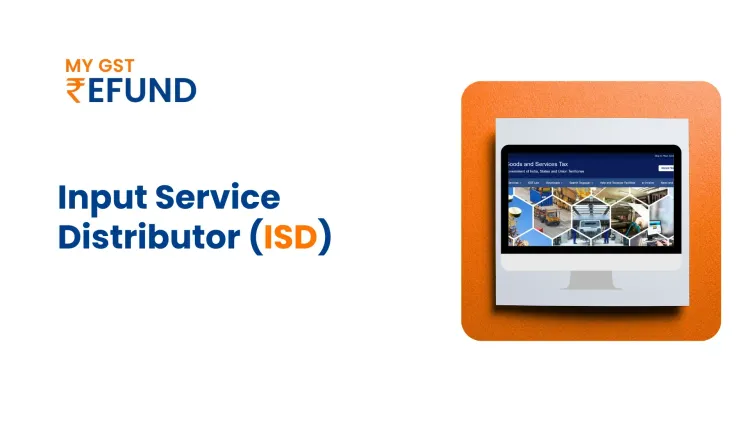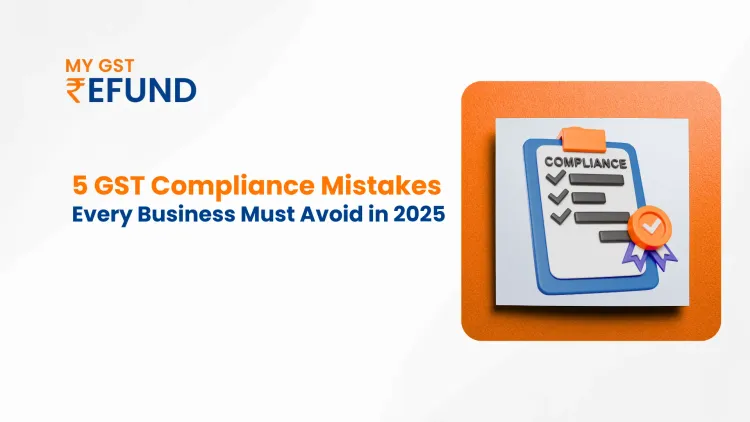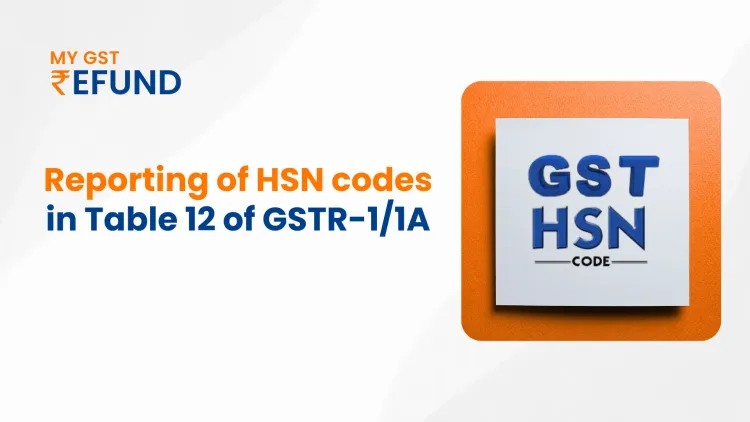Export Oriented Unit [EOU]
The full form of EOU is Export Oriented Units. Introduced in 1981, the scheme aims to increase exports from India, to thereby increase foreign exchange earnings and create employment. This scheme also complements other schemes such as Free Trade Zone (FTZ) and Export Processing Zone EPZ in India. The provisions of Chapter 6 of the Foreign Trade Policy and its procedures are applicable to EOU, as well as to Electronics Hardware Technology Parks (EHTPs), Software Technology Parks (STPs) and Bio-Technology Parks (BTPs). In common parlance, EOU/STP/EHTP/BTP are together called the EOU scheme. Export-oriented units are units undertaking to export their entire production of goods. EOUs can engage in manufacturing, services, development of software, repair, remaking, reconditioning, re-engineering including making of gold/silver/platinum jewellers and articles. Further, units involved in agriculture, geoprocessing, aquaculture, animal husbandry, biotechnology, floriculture, horticulture, pisciculture, viticulture, poultry, sericulture and granites can also obtain the status of EOU.
Objectives of EOU
Here are the main objectives of the EOU Scheme:
Supportive Environment: EOUs benefit from a conducive environment tailored to their needs, facilitating smoother operations and growth opportunities.
Regulatory Benefits: Units enjoy waivers and preferential treatment in compliance and taxation, reducing administrative burdens and enhancing business efficiency.
Foreign Exchange Inflow: Export activities generate foreign exchange, strengthening the nation’s economic resilience and global standing.
Employment Generation: By promoting export-driven enterprises, the scheme contributes to job creation, addressing unemployment concerns and improving livelihoods.
Supply Chain Enhancement: EOUs play a crucial role in optimising the supply chain, from sourcing raw materials to delivering finished products to the Domestic Tariff Area (DTA), thus improving logistics and trade efficiency overall.
Benefits of EOU
Duty-Free Procurement: EOUs benefit from exemptions on duties when purchasing raw materials and capital goods domestically or importing them. This reduces costs and enhances competitiveness globally, making procurement processes efficient.
GST Reimbursement: EOUs can reclaim the GST they pay, providing financial relief and encouraging export-oriented activities. This improves cash flow and sustainability for EOU businesses.
Fuel Duty Refund: EOUs can get refunds on duties paid for fuel purchased from domestic oil companies. This supports cost-efficiency and promotes the use of domestically sourced fuels, aiding energy sustainability.
Input Tax Credit: EOUs can claim tax credits on goods and services used in their production processes. This encourages investment and innovation by reducing the tax burden and promoting efficient resource management.
Priority Clearance: EOUs benefit from expedited clearance processes, speeding up the movement of goods across borders and ensuring timely delivery to international markets. This improves operational efficiency.
Exemption from Industrial Licensing: Unlike Small Scale Industry (SSI) units, EOUs do not need industrial licences. This regulatory flexibility simplifies operations, eliminates bureaucratic hurdles, and allows EOUs to focus on business expansion.
Difference between EOU and SEZ
Both Export Oriented Units (EOUs) and Special Economic Zones (SEZs) aim to increase exports but differ in key ways. EOUs can be set up anywhere in the country if they meet specific criteria. In contrast, SEZs are designated areas outside regular Customs jurisdiction, similar to foreign territory. Therefore, sales from an SEZ to the Domestic Tariff Area (DTA) are treated as exports, whereas sales from an EOU to DTA are considered deemed exports. SEZs commonly export to DTAs more than EOUs do.
SEZs are clearly defined areas, allowing strict control over the movement of goods in and out, which EOUs do not have. Tax-wise, SEZ-based businesses are exempt from taxes, whereas EOUs must initially pay taxes but can later claim refunds.
Important facts to remember while setting up an EOU
To set up an Export Oriented Unit (EOU), you need to apply to the Board of Approval. Once approved, you receive a Letter of Permission allowing two years for building the plant and installing machinery, with a possible one-year extension. After starting operations, the EOU must achieve positive foreign exchange earnings within five years.
For an EOU status, you generally need to invest at least one crore rupees in plant and machinery, but this requirement doesn't apply to software technology parks, electronics hardware technology parks, biotechnology parks, agriculture, animal husbandry, handicrafts, information technology, brass hardware, services, and handmade jewellery.
The location of an EOU must be at least 25 kilometers from urban area limits, unless it's in an industrial area or deals with non-polluting products or services.
EOUs were initially focused on industries like textiles, food processing, electronics, chemicals, plastics, and minerals, but now include manufacturing, engineering, precious metals, agriculture, services, software, and trading.
For sectors like weapons, defence equipment, atomic energy, narcotics, psychotropic substances, and certain alcoholic and tobacco products, you need a special license from the Development Commissioner to set up an EOU.
EOUs are licensed to manufacture goods for export within a bonded period of five years, extendable by another five years by the Development Commissioner, and an additional five years upon request to the Commissioner/Chief Commissioner of Customs.
GST Implications for Export Oriented Units[EOU]
In the realm of Goods and Services Tax (GST), Export Oriented Units (EOUs) operate under specific regulations:
Taxation on Supplies: Suppliers to EOUs must levy GST on goods supplied. EOUs have the option to either claim input tax credit on GST paid for supplies to the Domestic Tariff Area (DTA) or seek a refund for the GST amount.
GST Payment on Sales to DTA: EOUs are required to remit GST on eligible sales to the DTA, unless the transaction involves zero-rated supplies, which are exempt from GST.
Inter-EOU Transactions: GST is applicable on transactions between EOUs, treated similarly to regular sales under GST regulations.
Customs Duty Exemption: EOUs benefit from exemption from basic customs duty on imports, facilitating favorable conditions for their operational and trading activities.
The Export Oriented Units (EOU) scheme initially had a significant positive impact for about two decades until the introduction of the Special Economic Zone (SEZ) scheme. However, its contribution to overall exports declined in subsequent years, turning negative around 2011-12, coinciding with the withdrawal of tax benefits under the Income Tax Act.
Unlike Free Trade Zones and Export Processing Zones, which imposed specific location-based restrictions, EOUs allowed exporters the freedom to establish export businesses in their preferred locations. EOUs also offered a wide range of industrial sectors for exporters to choose from, enhancing flexibility and opportunities within the scheme.
Conclusion
In conclusion, Export Oriented Units (EOUs) have played a key role in boosting India's exports by creating a favourable environment, offering regulatory benefits, and operational advantages. Despite early successes, EOUs encountered difficulties as Special Economic Zones (SEZs) were introduced and tax policies changed. Nonetheless, EOUs still provide important benefits like duty exemptions, GST advantages, and simplified procedures. These factors continue to support exports and foster economic growth across various industries, offering businesses flexibility and opportunities to thrive.
FAQs
Q.1 Is EOU exempted from GST ?
Ans. Under GST, there is no exemption available to supplier of goods to EOU.
Q.2 Can EOU claim a GST refund ?
Ans. If EOU wish to claim the refund of IGST paid on exports, then EOU will have to ensure that there is no inward supply claiming refund of GST or inward supply against advance authorization otherwise EOU will have to apply for a refund under Rule 89 only.
Q.3 What is the difference between EOU and SEZ ?
Ans. An EOU can be set up anywhere in the country, provided it meets the scheme's criteria. On the other hand, an SEZ is a specially demarcated enclave that is deemed to be outside the Customs jurisdiction and therefore, a foreign territory.
Also Read - GST Refund for SEZ Units (Special Economic Zone)
Related Posts








